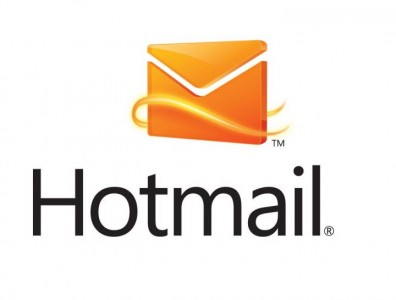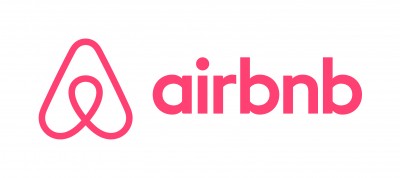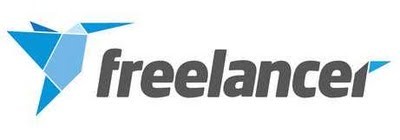I recently had the opportunity to attend a General Assembly Seattle presentation on growth hacking tech startups by growth hacking pioneer Nik Badminton. Nik is a self-described “recovering management consultant, ad man” author, futurist and the current Regional Director at Freelancer, the world’s largest freelancing, outsourcing and crowdsourcing marketplace. Freelancer was founded in 2004 and is now worth over 1.8 billion dollars and has over 13.6 million users, attributing most of their success to growth hack marketing.
So what is growth hacking?
Growth hacking is a marketing technique predominantly used by technology startups, which uses creativity and social metrics to sell products and gain exposure quickly. It focuses on low-cost and innovative alternatives to traditional marketing. Examples of growth hacking are viral marketing campaigns, social-driven campaigns and using innovative tools in interesting ways to get results quickly and for little or no money. Think Twitter, Facebook and Airbnb. These companies all used inexpensive, creative ways to gain traction and growth for their startups.
Growth hacking isn’t just marketing; it affects multiple parts of companies, often driving new product lines, or sometimes removing them. It puts marketing and production in one room, working together to create growth.
Growth hacking isn’t just marketing; it puts marketing and production in one room, working together to create growth. ← Tweet this 
Let’s talk about some growth hacking success stories.

In 1996, Hotmail launched the first free email program on the Internet. When growth was slow, Hotmail invested in all traditional marketing avenues and saw very little growth. They found that most new sign-ups on the site actually came from user referrals. Hotmail hacked their growth by adding a simple line at the end of every email sent:
P.S. I love you. Get your free email at Hotmail.
One year later, Hotmail was acquired by Microsoft and had 12 million users (17% of internet users at that time).

Airbnb is the perfect example of what is called a software growth hack. They actually reverse-engineered their site to automatically send all Airbnb listings to craigslist without actually hacking into craigslist’s API. Craiglist intentionally does not have a public API. The users Airbnb wanted were already online, they just had to get their attention. They were able to grow their rooms and renters by tapping into the user base of craigslist by creating specialty software within Airbnb’s platform. Previously to this, Airbnb had experienced limited growth. This is an example of how a growth hack actually affected the product Airbnb was offering to its users. Eventually, craigslist was able to remove this service from Airbnb, but it had already done its job by bringing millions of new users to the platform.

Freelancer really loves to capture new users by energizing their community. A great example of this is the contest they offered in which they challenged users to expose the Freelancer logo in the craziest ways, with a $25,000 cash prize going to the winner! The winner was an entire city in Bangladesh that printed a 2,000 square foot banner that was marched through the city by 300 people into the stadium where they were offering to teach women how to use Freelancer to generate income. The video went viral, drawing millions of new users to the site!
So how do I get started growth hacking my startup?
Nik’s recommendation? Stop. Stop and think. Strategy is the most important part of growth hacking. He says:
Jumping ahead without a well-thought-through and structured strategy will mean less results.
It’s important to set up framework. Nik suggested starting with GO SAM.
GOAL
OBJECTIVES
STRATEGIES
ACTION
MEASURE
While you are strategizing, Nik recommends asking yourself, “Does this matter?”
Does it offer users utility and value? Does it drive revenue? If it doesn’t, scrap it. ← Tweet this 
You’ve set your goals and objectives. The strategies have been hammered out and you’ve rolled out your growth hack. Now what? It’s time to track what you’ve done. Growth hackers are obsessed with tracking every activity. Your analytics are going show you what worked and what didn’t. Where you need to focus and what needs to be let go. Analytics will help you repeat your successes and avoid repeating your failures. Your analysis will help you more accurately predict the future outcomes of projects.
You know a little about what growth hacking is, who has yielded success with growth hacking and how to get started. Now get out there and start strategizing how to growth hack your tech startup!
Want to learn more?
- Read Copy Hackers.
- Read QuickSprout’s Definitive Guide to Growth Hacking.
- Get inspired at GrowthHackers.
- Check out the SlideShare deck from Nik Badminton’s presentation.
- Find a copy of Nik’s book When I Grow Up, I Want to be a Futurist.
- Sign up for Nik’s next Lunch and Learn class from General Assembly Seattle.
